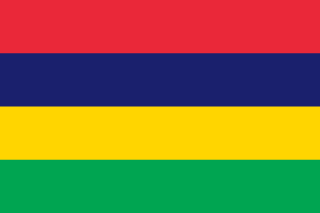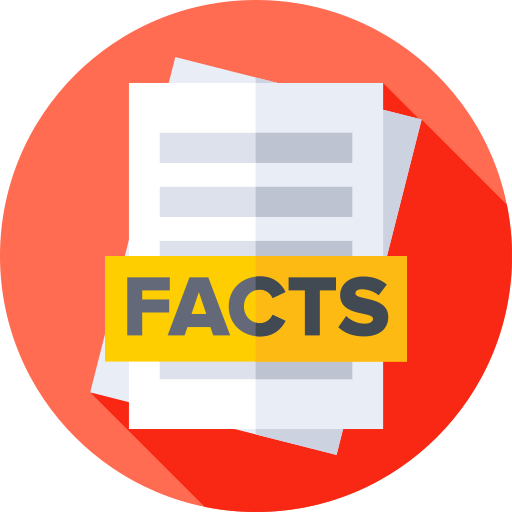Mauritius - Geography

Here, let us take a look at the Geography of Mauritius. The main island, from which the country derives its name, is of volcanic origin and is almost entirely surrounded by coral reefs; former home of the dodo, a large flightless bird related to pigeons, driven to extinction by the end of the 17th century through a combination of hunting and the introduction of predatory species. Mother's mean age at first birth is (), whereas, the Maternal mortality ratio is 84 deaths/100,000 live births (2020 est.)
Geographical data of Mauritius
| Location | Southern Africa, island in the Indian Ocean, about 800 km (500 mi) east of Madagascar |
|---|---|
| Geographic coordinates | 20 17 S, 57 33 E |
| Map references | Africa |
| Tarrain | small coastal plain rising to discontinuous mountains encircling central plateau |
| Natural Resources | arable land, fish |
| Natural Hazards | cyclones (November to April); almost completely surrounded by reefs that may pose maritime hazards |
| Irrigated Land | 143 sq km (2022) |
| Major rivers (by length in km) | |
| Major aquifers | |
| Land Boundaries | 0 km |
| Border Countries | |
| Coastline | 177 km |
| Climate | tropical, modified by southeast trade winds; warm, dry winter (May to November); hot, wet, humid summer (November to May) |
| Area | |
| Total Area | |
| Land Area | 2,030 sq km |
| Water Area | 10 sq km |
| comparative Area | almost 11 times the size of Washington, D.C. |
| Maritime Claims | |
| Territorial sea | 12 nm |
| Exclusive economic zone | 200 nm |
| Continental shelf | 200 nm or to the edge of the continental margin |
| Elevations | |
| Highest point | Mont Piton 828 m |
| Lowest point | Indian Ocean 0 m |
| Land Use | |
| Agricultural land | 43.1% (2022 est.) |
| Agricultural land: arable land | arable land: 37.6% (2022 est.) |
| Agricultural land: permanent crops | permanent crops: 2% (2022 est.) |
| Agricultural land: permanent pasture | permanent pasture: 3.5% (2022 est.) |
| Forest | 19.5% (2022 est.) |
| Other | 37.5% (2022 est.) |
Population Distribution
Population density is one of the highest in the world; urban clusters are found throughout the main island, with a greater density in and around Port Luis; population on Rodrigues Island is spread across the island with a slightly denser cluster on the north coast as shown in this population distribution map
People and Society
In Mauritius, the different Ethnic groups are such that we have: Indo-Mauritian (compose approximately two thirds of the total population), Creole, Sino-Mauritian, Franco-Mauritian
| Population | |
|---|---|
| Pop growth rate | 0.07% (2024 est.) |
| Birth rate | 9.8 births/1,000 population (2024 est.) |
| Death rate | 9 deaths/1,000 population (2024 est.) |
| Health expenditure | 6.4% of GDP (2021) |
| Physicians Density | |
| Hospital bed Density | 3.7 beds/1,000 population (2020) |
| Total fertility rate | 1.36 children born/woman (2024 est.) |
| Gross reproduction rate | 0.66 (2024 est.) |
| Contraceptive prevalence rate | 63.8% (2014) |
| Est married women (ages 15-49) | 62% (2023 est.) |
| Literacy | age 15 and over can read and write |
| Education expenditures | 4.9% of GDP (2021 est.) |
| Net Migration rate | 0 migrant(s)/1,000 population (2024 est.) |
| Nationality | Mauritian | Mauritian(s) |
| Languages | Creole 86.5%, Bhojpuri 5.3%, French 4.1%, two languages 1.4%, other 2.6% (includes English, one of the two official languages of the National Assembly, which is spoken by less than 1% of the population), unspecified 0.1% (2011 est.) |
| Religions | Hindu 48.5%, Roman Catholic 26.3%, Muslim 17.3%, other Christian 6.4%, other 0.6%, none 0.7%, unspecified 0.1% (2011 est.) |
| Age Structure | |
| 0-14 years | 15.1% (male 100,973/female 96,711) |
| 15-64 years | 71% (male 462,833/female 467,509) |
| 65 years and over | 13.9% (2024 est.) (male 75,464/female 107,014) |
| Dependency Ratios | |
| Total dependency ratio | 40.7 |
| Youth dependency ratio | 23.4 |
| Elderly dependency ratio | 17.3 |
| Potential support ratio | 5.8 (2021 est.) |
| Median Age | |
| Total | 39.6 years (2024 est.) |
| Male | 38.1 years |
| Female | 41 years |
| Urbanization | |
| Urban population | 40.9% of total population (2023) |
| Rate of urbanization | 0.28% annual rate of change (2020-25 est.) |
| Major urban areas (Pop) | 149,000 PORT LOUIS (capital) (2018). |
| Sex Ratio | |
| At birth | 1.07 male(s)/female |
| 0-14 years | 1.04 male(s)/female |
| 15-64 years | 0.99 male(s)/female |
| 65 years and over | 0.71 male(s)/female |
| Total population | 0.95 male(s)/female (2024 est.) |
| Infant Motality | |
| Total | 11.6 deaths/1,000 live births (2024 est.) |
| Male | 13.1 deaths/1,000 live births |
| Female | 10 deaths/1,000 live births |
| Life Expectancy at birth | |
| Total population | 75.4 years (2024 est.) |
| Male | 72.6 years |
| Female | 78.4 years |
| Drinking Water Sources | |
| Improved: urban | urban: 99.9% of population |
| Improved: rural | rural: 99.8% of population |
| Improved: total | total: 99.9% of population |
| Unimproved: urban | urban: 0.1% of population |
| Unimproved: rural | rural: 0.2% of population |
| Unimproved: total | total: 0.1% of population (2020 est.) |
| Sanitation facility acess | |
| Improved: urban | urban: 99.9% of population |
| Improved: rural | rural: NA |
| Improved: total | total: NA |
| Unimproved: urban | urban: 0.1% of population |
| Unimproved: rural | rural: NA |
| Unimproved: total | total: (2020 est.) NA |
| Alcohol consumption per capita | |
| Total | 3.39 liters of pure alcohol (2019 est.) |
| Beer | 1.94 liters of pure alcohol (2019 est.) |
| Wine | 0.23 liters of pure alcohol (2019 est.) |
| Spirits | 0.88 liters of pure alcohol (2019 est.) |
| Other alcohols | 0.03 liters of pure alcohol (2019 est.) |
| Tobacco use | |
| Total | 20.2% (2020 est.) |
| Male | 37.3% (2020 est.) |
| Female | 3% (2020 est.) |
Demographic profile
All Important Facts about Mauritius
Want to know more about Mauritius? Check all different factbooks for Mauritius below.









